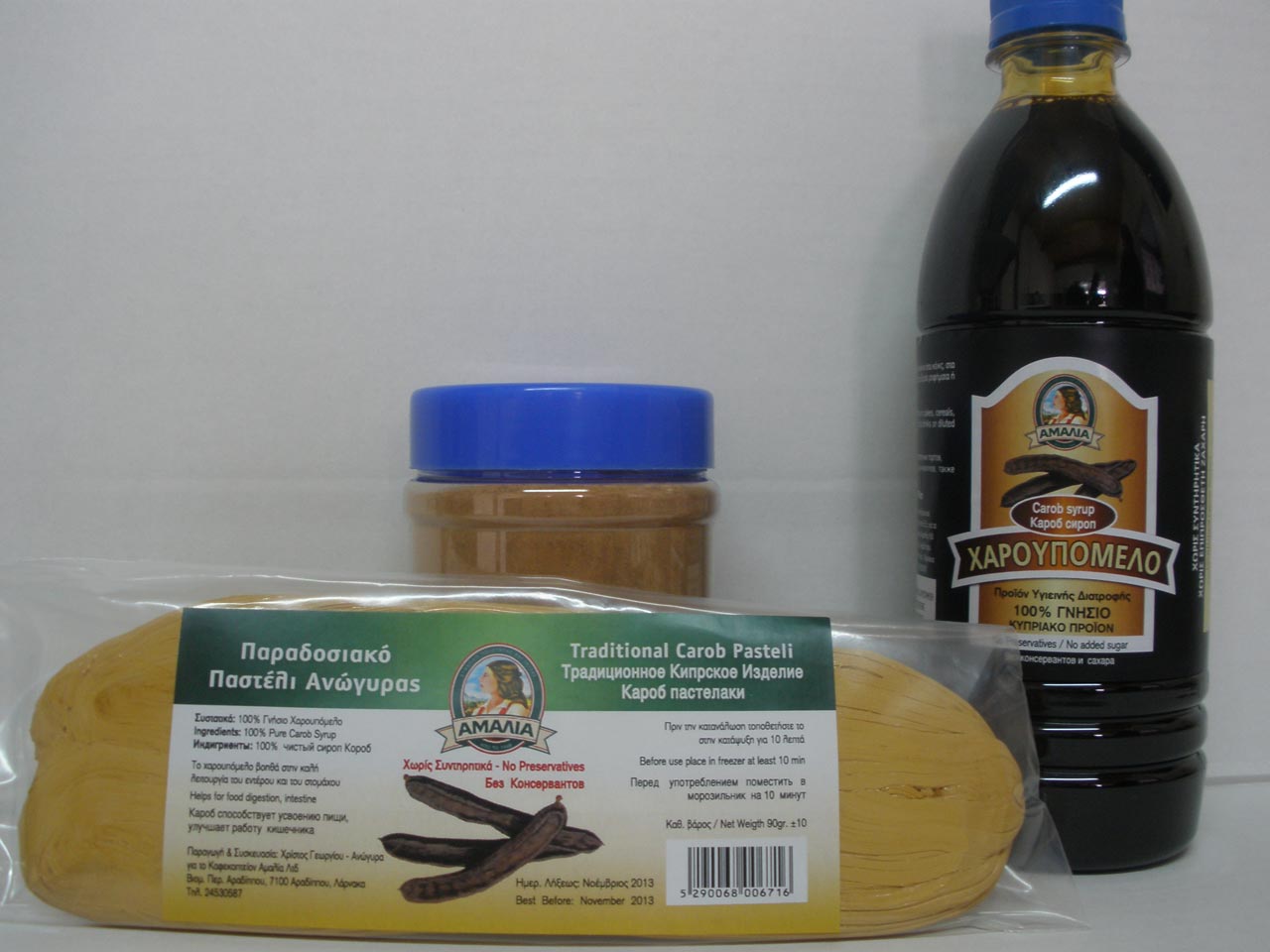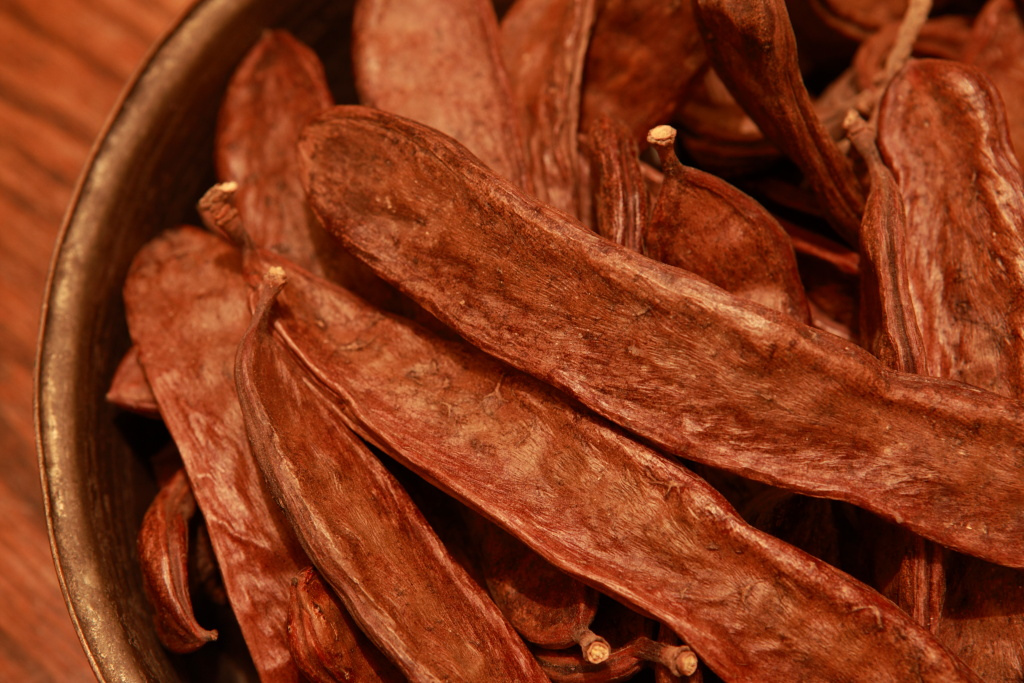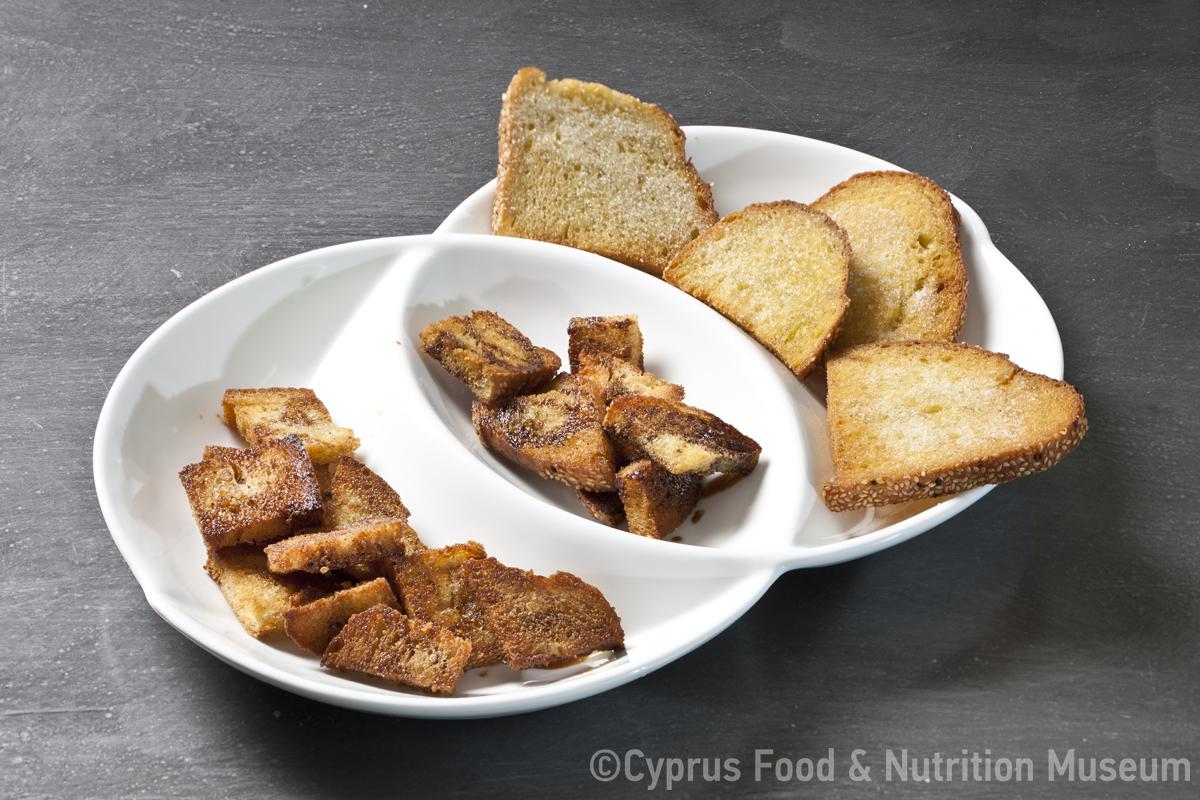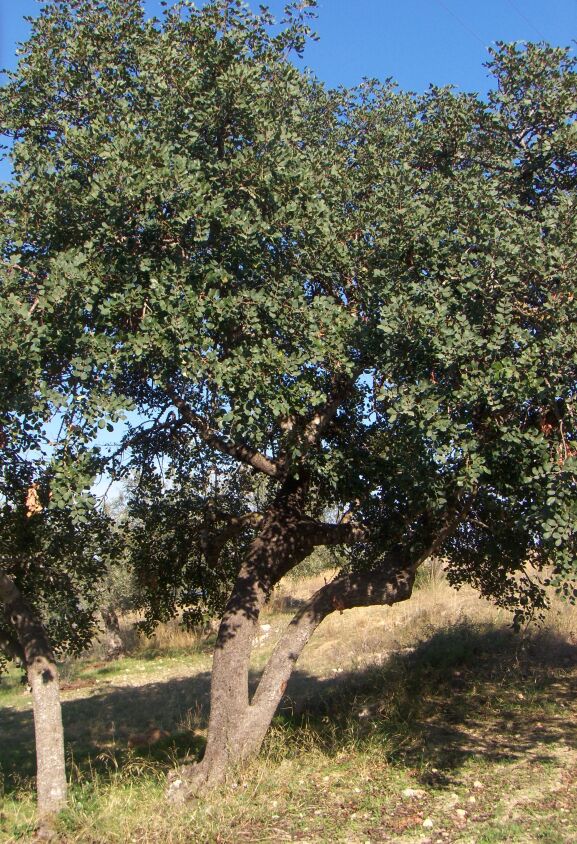Name - Origin
Carob trees (along with olive and sycamore trees) were the most common trees in the fields of Cyprus. The carob tree was considered as the characteristic tree of Cyprus at that time, and was growing almost everywhere. Its dense and evergreen foliage was providing shade during the summer period. Its fruit tasted sweet and was suitable for consumption. A kind of alcohol and a kind of (honey-like) syrup were produced from carobs (Frangoudi EN, 1885 p. 35).
In Cyprus, as opposed to Germany, they have very good fruit and don't eat the carobs. They do, however, make a peculiar and very sweet syrup from carobs, which they call haroupomelo (carob syrup). The people who make it are also its sellers. They fill cans with this syrup (oil cans after having cleaned them) hang two or four of these cans on a donkey and sell it from door to door all over the island. They especially visit church festivals (fairs) (Ohnefalsch-Richter M, 1900 p.122)
Additional information and bibliography
The usual harvest was around 160-180,000 kantaria (of 100 kg each). In certain years it would reach around 380,000 kantaria. The main countries to which the product (carob) was exported were: England, France, Italy, Russia and Egypt. In England they were using the residues to extract an oily or sugary substance, which was used in animal feed. (Frangoudi EN, 1885 p. 35).
Frangoudi EN (1885) Εγχειρίδιον Χωρογραφίας και Γενικής Ιστορίας της Κύπρου, Omonia Press, Alexandria.
Ohnefalsch-Richter M. (ca. 1900), Ελληνικά Ήθη και Έθιμα στην Κύπρο, Maragou A. (ed.), Laiki Bank Cultural Centre, Nicosia, 1994.
Stalo Lazarou, Anna Marangou



